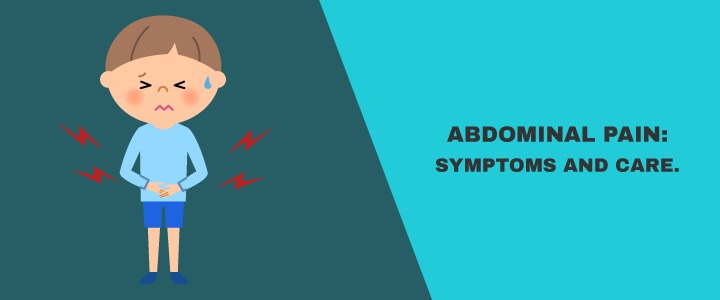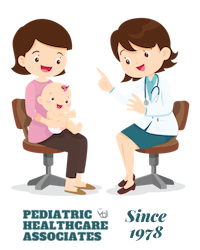Abdominal Pain: Detection and care.

Abdominal pain can be an extremely distressing experience, especially for children who may struggle to express the intensity of their discomfort. Unlike adults, children might not always be able to describe their symptoms clearly, making it essential for parents to observe signs and seek appropriate medical care when necessary. Understanding the symptoms of abdominal pain can help in identifying the cause and ensuring timely treatment.
Symptoms of Abdominal Pain in Children
Abdominal pain may present itself in various ways, with symptoms that gradually develop over time. Some of the most common indicators include:
- Pain or discomfort in the stomach or belly area: The child may experience mild to severe pain, which can come and go or persist for an extended period.
- Pain occurring between the bottom of the rib cage and the groin crease: This type of pain can be due to digestive issues, muscle strain, or more serious underlying conditions.
- Older children complaining of stomach pain: When children are old enough to communicate, they may describe their pain as sharp, dull, cramping, or burning.
- Younger children pointing to or holding their stomach: Since younger children may not have the words to explain their discomfort, they often express their pain by clutching their stomach or crying.
Seeking Professional Help for Abdominal Pain
While some cases of abdominal pain may be minor, such as those caused by gas, indigestion, or constipation, others may indicate serious medical conditions like infections, appendicitis, or food intolerances. Parents should monitor the intensity and duration of the pain and seek medical assistance if:
- The pain is severe and persistent.
- The child has additional symptoms like vomiting, fever, or diarrhea.
- The child is unable to eat, drink, or engage in normal activities.
For concerned parents in Altoona, accessing expert medical assistance through child healthcare services in Altoona can provide clarity on the underlying cause of abdominal pain. Pediatric healthcare specialists can conduct thorough examinations, offer accurate diagnoses, and provide effective treatment options tailored to a child’s specific needs.
By consulting child healthcare services in Altoona, parents can ensure that their child receives timely care, reducing discomfort and preventing potential complications. Early diagnosis and intervention can make a significant difference in a child’s overall health and well-being.
Above symptoms are the basic indicators of the growing pain in the abdomen. How do we differentiate between the situations? To do so, we can look into the following scenarios of the severity of abdominal pain:
Call 911(Severe)
- Not moving or too weak to stand: Abdominal pain weakens the strength of the child. The child finds it difficult to move comfortably or even stand properly. In such cases, the parent should call 911 for medical help.
- You think your child has a life-threatening emergency: Abdominal pain can increase the complications as your child suffers. If you think your child is in grave danger, contact the medical professionals through 911 immediately.
Go to ER now(High)
- Appendicitis suspected (pain low on right side, won't jump, wants to lie still): If the child wishes to stay still and points to the right side of the abdomen, it can be a case of Appendicitis. Seek ER help immediately.
- Severe constant pain (child not able to move or do anything): The worst part of the abdominal pain is that it seems never-ending. The pain weakens the child’s wish to move or do any activity. In such cases, seek ER help immediately.
- Can't walk or walks bent over holding the stomach: If the child walks in weird patterns in order to ease the pain, the parents may contact the ER for help.
- Blood in the stool or vomiting blood: The common signs of abdominal pain, Blood in the stool and vomiting blood may end as the signs of a terrible pain. In such cases, the parents can seek ER help.
- Vomiting bile (green color). Exception: stomach juice which is yellow: Vomiting bile(green color) may be the onset of abdominal pain. The parent can seek ER for help.
- Swallowed object (such as coin) suspected: Swallowing object can trigger excruciating pain after some time. The parents should go to an ER for checkup and help for the pain.
What you should know as a parent?
Mild stomach pain can be caused by something simple. It could be from gas pains or eating too much. Sometimes, stomach pain signals the start of a viral infection. This will lead to vomiting or loose stools. Watching your child for 2 hours will help tell you the cause. Few suggestions to help the child:
Lie Down:
- Have your child lie down and rest until feeling better.
Clear Fluids:
- Offer clear fluids only (such as water, flat soft drinks or half-strength Gatorade).
- For mild pain, offer a regular diet.
Prepare for Vomiting:
- Keep a vomiting pan handy.
- Younger children often talk about stomach pain when they have nausea. Nausea is the sick stomach feeling that comes before they throw up.
Pass a Stool:
- Have your child sit on the toilet and try to pass a stool.
- This may help if the pain is from constipation or diarrhea.
- Note: For constipation, moving a warm wet cotton ball on the anus may help.
Do Not Give Medicines:
- Any drug (like ibuprofen) could upset the stomach and make the pain worse.
- Do not give any pain medicines or laxatives for stomach cramps.
- For fever over 102° F (39° C), acetaminophen (such as Tylenol) can be given.
What to Expect:
- With harmless causes, the pain is most often better or gone in 2 hours.
- With stomach flu, belly cramps may happen before each bout of vomiting or diarrhea. These cramps may come and go for a few days.
- With serious causes (such as appendicitis), the pain worsens and becomes constant.
Disclaimer: This health information is for educational purposes only. You, the reader, assume full responsibility for how you choose to use it.
Citation/References:
https://phcaaltoona.com/phca-symptom-checker/#!/topic/334/abdominal-pain-male






